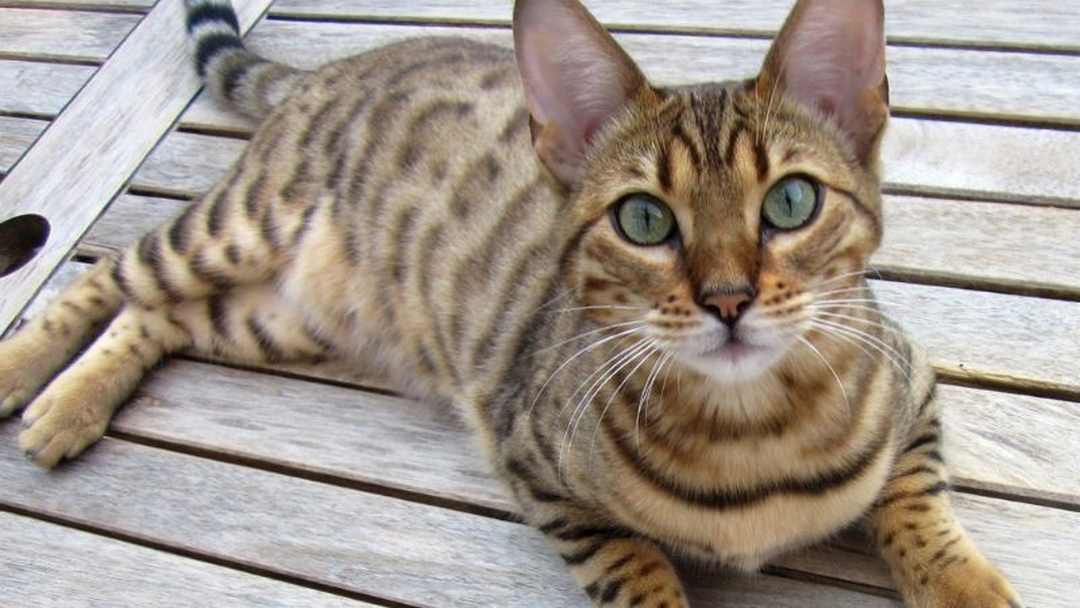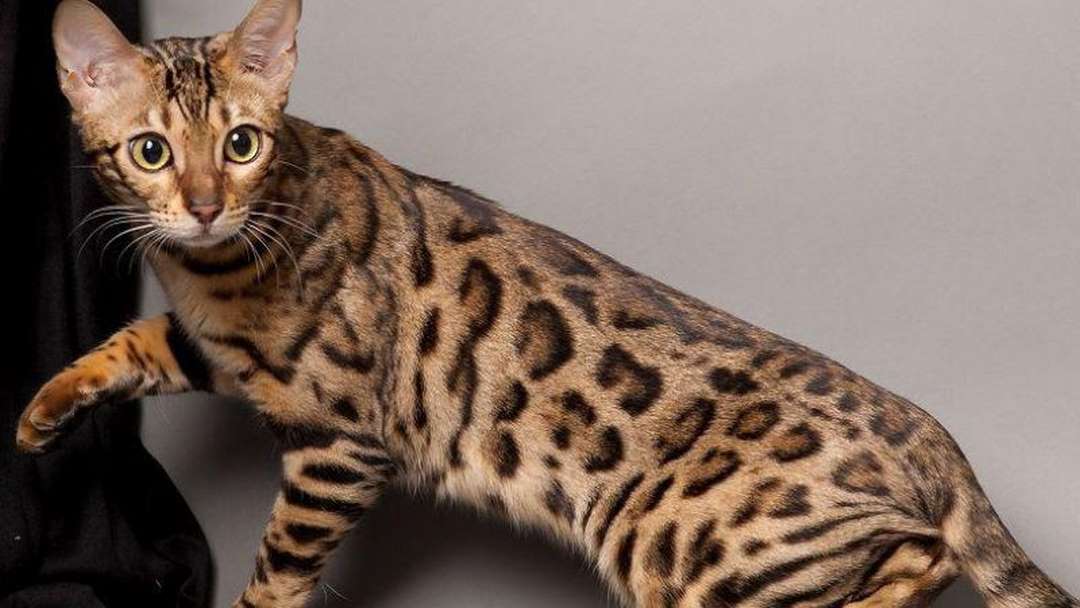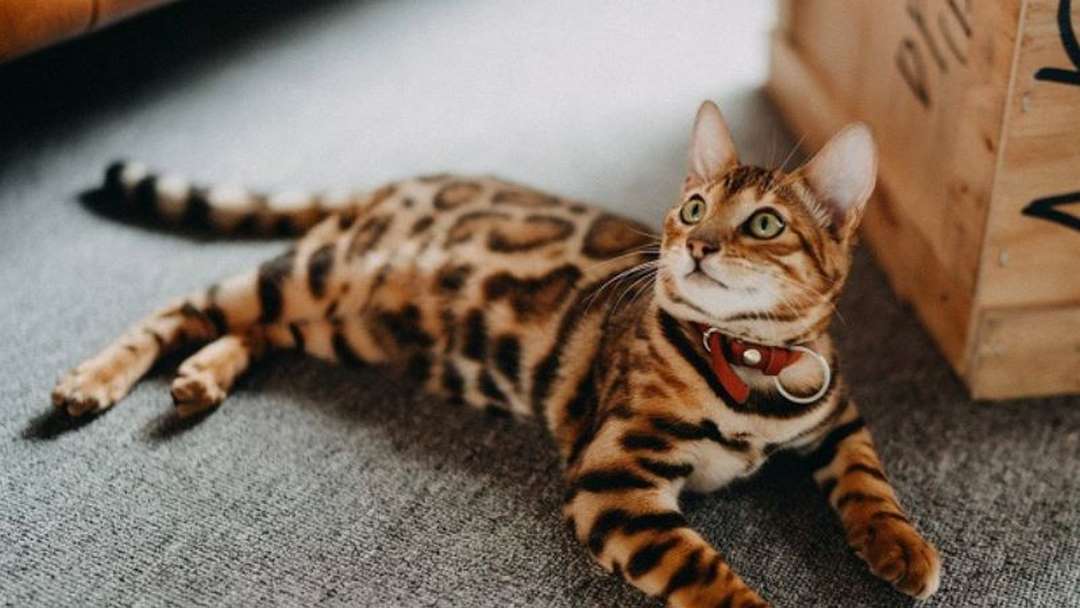If you’re curious about Bengal cats but have plenty of questions, you’re in the right place. This article will cover everything you need to know about these stunning felines.
1. Discovering Bengal Cats
Origin of Bengal Cats Bengal cats originated in the 19th century in the United States. They are the result of breeding domestic American cats with Asian leopard cats. The name “Bengal” comes from the scientific name of the Asian leopard cat, Felis Bengalensis.
Popular Bengal Coat Colors Bengal cats are known for three main coat colors: classic rosettes, marble, and brown spotted. They also come in rarer colors like silver and white.
Physical Characteristics of Bengal Cats
- Head: Bengal cats have a sleek, narrow head with large, round eyes that are often a striking shade of emerald green with black pupils.
- Ears and Tail: They have large, upright ears and a slim, elongated tail.
- Body: Their bodies are long, muscular, and strong.
- Coat: Bengals have short, dense fur that sheds minimally.
Personality Traits Bengal cats are incredibly smart, energetic, and agile. They are friendly, affectionate, and enjoy being close to their human companions. They are also quick learners and can be trained easily, though they tend to be more active and playful at night.
2. Caring for Bengal Cats
Diet for Bengal Cats Bengal cats have hearty appetites, but their food needs to be adjusted according to their age. Kittens require multiple small meals throughout the day, while adults should have fewer meals with larger portions. Ideal foods include beef, pork, fish, green vegetables, ground chicken, and finely chopped pate.
Grooming and Hygiene Use a rubber grooming glove to remove loose fur and keep their coat shiny. Bengals groom themselves using their tongues, so frequent baths are unnecessary—every two months should be sufficient.
Common Health Issues Bengal cats are prone to certain health conditions, so it’s important to minimize their exposure to unfamiliar cats and maintain a clean living environment. Common health concerns include diarrhea, hair loss, blood in stools, and watery eyes.
Tips for Keeping a Bengal Cat Healthy
- Ensure your Bengal cat receives all necessary vaccinations from a young age.
- Schedule regular vet check-ups to monitor their health.
3. Buying a Bengal Cat
Adoption vs. Buying Bengal Cats
Deciding between adopting or purchasing a Bengal cat involves considering several key factors:
- Adoption: Adopting a Bengal cat means giving a loving home to a cat in need. Adoption fees typically range from $300 to $500. While you might not get a purebred Bengal, many shelters ensure that adopted cats are spayed/neutered and vaccinated.
- Buying from a Breeder: Purchasing a Bengal cat from a breeder guarantees a purebred animal, with prices ranging from $1,500 to $3,000 for kittens. Responsible breeders focus on the health and temperament of their cats, but superior bloodlines can drive up the cost.
Why Are Bengal Cats So Expensive?
Several factors contribute to the high price of Bengal cats:
- Rarity: Bengal cats are a hybrid breed created by crossing Asian Leopard cats with domestic shorthairs. As a relatively new breed with limited numbers, their rarity affects their price.
- Selective Breeding: Reputable breeders carefully choose breeding pairs to preserve specific traits, such as the distinctive spotted coat and desirable temperament. This meticulous breeding process requires substantial veterinary care.
- Breed Popularity: The Bengal cat’s striking appearance and lively personality have increased its popularity, allowing breeders to set higher prices due to the high demand.
Initial Costs of Bengal Cat Ownership
| Category | Cost Range |
| Adoption Fee | $300 – $500 |
| Breeder Cost (Kitten) | $1,500 – $3,000 (can be higher for superior bloodlines) |
| Spaying/Neutering (if not already done) | $100 – $200 |
| Microchipping | $50 – $75 |
| Initial Supplies (carrier, bed, food/water bowls, toys) | $100 – $200 |
Bengal cats are undeniably captivating companions, but responsible ownership entails careful consideration of the financial commitment. By understanding the initial costs, ongoing expenses, and potential health concerns, you can make an informed decision about bringing a Bengal cat into your life.





